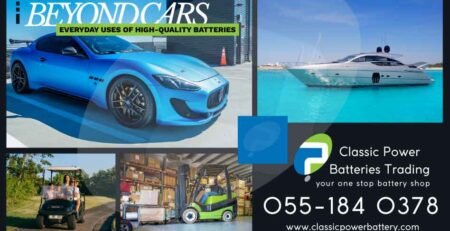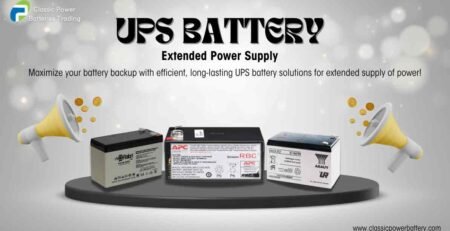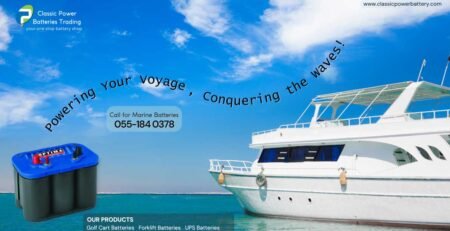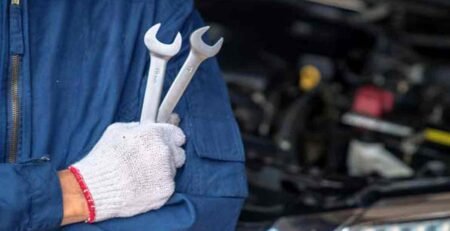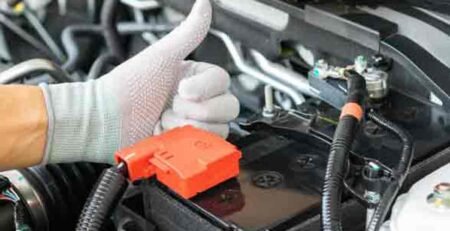Decoding Leisure Batteries: A Battery Expert’s Guide to Making the Right Choice
classicpowerbattery.com2023-11-16T19:50:53+00:00Introduction
Embarking on a journey in a caravan, motorhome, or boat often means relying on a rechargeable portable power source known as a leisure battery. As a battery expert, we at Classic Power Battery are here to shed light on the world of leisure batteries, their types, and how to make an informed choice tailored to your specific needs.
Understanding the Basics
Leisure batteries find applications in a variety of settings, including caravans, motorhomes, boats, solar equipment, camper vans, and more. These batteries come in three primary types: lead acid, AGM (absorbed glass mat), and gel. Let’s explore each and decipher how to navigate through the options.
Lead Acid Leisure Batteries
These batteries, known for their affordability, come in various sizes and ampere-hour ratings. However, quality matters, and it’s crucial to be mindful of your purchase. While they are sealed and maintenance-free, regular charging is essential for longevity. Dual-purpose leisure batteries with a robust plate design are recommended for enhanced performance.
AGM Leisure Batteries
The latest in deep cycle technology, AGM batteries feature electrolytes held in place by a fiberglass material, making them non-spillable and maintenance-free. With competitive pricing and superior performance compared to flooded batteries, AGM leisure batteries are gaining popularity, especially in motorhomes with under-seat fitment.
Gel Leisure Batteries
Although less common due to their higher price, gel batteries boast excellent deep cyclic ratings and can be drained almost completely. Popular in hospital equipment for their gas-free operation, these batteries offer a niche solution for specific needs.
Understanding the Technology
Leisure batteries differ from standard starter batteries, designed for high current to turn over an engine. Standard lead acid starter batteries are ill-suited for the cyclic demands common in leisure applications. Leisure batteries must provide a steady current over an extended period and require recharge when the voltage falls substantially.
New Technologies
Enhanced Flooded Battery (EFB) technology and Absorbed Glass Mat (AGM) technology have made significant strides in meeting the demands of mid-range leisure applications. EFB batteries offer cyclic durability, while AGM batteries, constructed with a highly compressed advanced mat, provide maintenance-free operation and durability, making them suitable for heavier-duty cyclic applications.
Selecting the Right Leisure Battery
Choosing the right leisure battery hinges on understanding your needs and striking a balance between price and performance. Low-cost throw-away batteries may lack long-term reliability, while more robust options ensure multiple seasons of service. Consider the level of durability required based on your usage, whether it’s for caravan movers or powering lighting alone.
Considerations for Selection
Price vs. Performance: Determine the importance of price versus performance.
Durability Requirements: Assess the level of durability needed for your specific application.
Cycle Life: Look for an indication of the number of cycles a battery can achieve at 50% state of charge. This reflects the battery’s life and durability.
Conclusion
In the world of leisure batteries, making the right choice involves a careful consideration of your specific needs, balancing factors like price and performance, and understanding the evolving battery technologies. Armed with this guidance, you can confidently power your adventures with a leisure battery that meets the demands of your unique journey. Happy travels!



